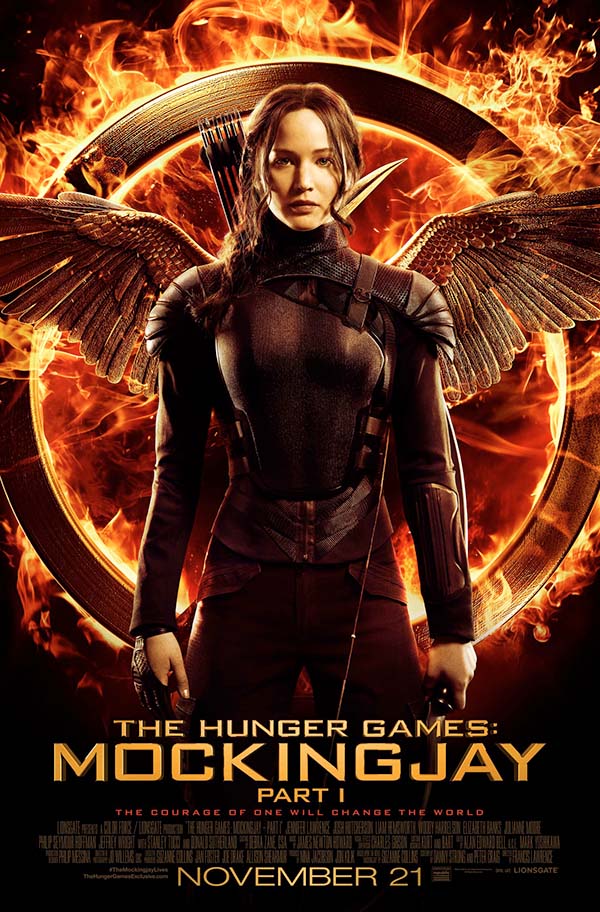ideation
JK Rowling, for instance, thought about Harry Potter for the first time while traveling by train in 1990.
To become a storyteller, you must learn to see the world through stories, connecting things around you with your imagination.
In other words, seeing the world through the prism of a writer.
Take a look at this picture with the prism of a writer.
What do you see?
Here's what a science fiction writer would say:
Here's what a business writer would say:
“I was at the park and I saw this lady with a huge dog. So I thought about a great example for picking a niche and came up with the story of two teenage kids who turned their dog walking gig into a multi-million dollar business by focusing on a specific niche: women with big dogs.”
connecting ideas
Let’s apply the principle in the video above to nonfiction. Particularly to business writing.
One way to explain important business concepts is through analogies. And analogies are stories that join two concepts that at first glance have nothing in common.
For instance, Jim Collins uses the old Greek fable about the Hedgehog and the Fox to explain why great companies focus on the one thing they can do well and not on doing many things.
The story is about how the smart and agile fox decides to eat the hedgehog.
Day after day the fox uses his superior skills to sneak up on the hedgehog with the same result.
Just when it looks like the fox is going to get him, the hedgehog rolls up into a little ball with his needles pointing straight out.
It doesn’t matter how much better the fox is at everything else, it can’t beat the hedgehog in this contest.
It is with the hedgehog strategy that the small, less resourced company or individual can outperform the bigger competitor.
Five Fiction Techniques to Find a Good Idea

1. Unexpected twists
Take existing stories and add a unique spin. For example, take the traditional story of Snow White. There are certain things that don’t really make sense in that story, like a prince traveling through the woods who sees a dead woman and decides to give her a kiss. Ewww! Who would do that?
Hum, but what if when he kisses her, she wakes up as a zombie? That would be a cool spin for a traditional story.
You can also take a traditional story and place it in a different time in history, change the characters, or make it a space or an underworld story. There are many options!
2. What-ifs
What if? This is an awesome question to give wings to your imagination. Fiction writers often look at typical moments in their daily lives and ask, what if?
The idea for my first novel came when I was reading an article about the history of science. The author was explaining how many of the fathers of geology in 19th century England were very active in politics and how they often mixed politics and science.
So I asked myself, what if a group of scientists came up with a scientific theory that would help fight against the monarchy and establish a republic in England?
In a business setting you could tell many what-if stories. What if your clients used your product or services and their lives changed for the better? What if they applied the principles you teach in your coaching sessions? Help them see the possible future with powerful what-if stories.


3. Research something new
I’ve often heard the advice, “write what you know,” meaning that I should only write about topics I’m an expert on.
But why limit your storytelling creativity? If you only tell stories that you know, they’ll become predictable or simple copycats of what you read or watch daily.
Don’t just write what you know. Write what you would like to know. Research topics that you are curious about, watch documentaries, read books, talk to experts.
Make a habit of collecting stories and anecdotes that you can later use in your writing.
4. World building
Fiction writers sometimes start with the place where the story will take place. Outer space, under the sea, ancient Egypt… a lot of stories, questions, and conflicts will be built from those fascinating worlds.
Now think about the world where your readers live. Are they executives at large companies or busy moms? What happens in there?
Then ask:
What conflicts happen there?
What is the atmosphere like?
What things are unique to this world?


5. Headlines
Writers draw inspiration from news headlines.
You can take two or more different headlines and put them together to create a story.
Susane Collins, the author of The Hunger Games, says she got the idea for the story while flipping tv channels from reality shows to news about wars. Both showed young people and in her mind she could see Katniss Everdeen.
Go to the second lesson: CHARACTERIZATION
Diego is the author of two novels, 8 non-fiction books, and hundreds of articles and blogs as a science writer, a business writer, and a sales and marketing writer.
He is also a book coach helping business leaders and entrepreneurs write their first book fast so they can become thought leaders in their industries, gain authority and visibility and make more money.


